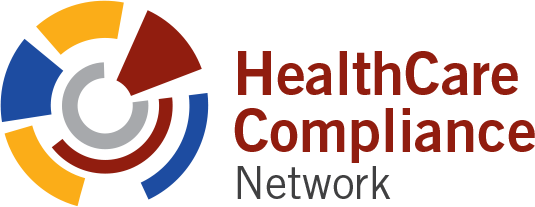It is imperative for a healthcare organization to conduct annual OSHA plan review, but especially critical considering any new OSHA guidance. Throughout much of the COVID pandemic, OSHA provided no new regulatory guidance, but they were very active when it came to auditing and enforcement. In the early fall of 2020, there started to be a considerable uptick in fines being levied by OSHA. These fines were distributed across multiple industries, but healthcare made up most of these citations because of the number of violations to standard 1910.134: Respiratory Protection.
In response, on June 30, 2021, OSHA issued the COVID-19 Healthcare Emergency Temporary Standard (ETS). It was the first time in 30 years that OSHA has issued an ETS and it was specifically designed to protect healthcare workers from the occupational exposures to COVID-19. Fortunately, much of the guidance reflected in the ETS mirrored guidance that has evolved from the CDC throughout the pandemic. Because most healthcare groups have adopted and implemented the CDC guidance, the threshold to become compliant is relatively low. What is significant is the fact that this ETS is only applicable to the healthcare industry, so the OSHA spotlight will be shining on the healthcare industry for the foreseeable future.
We conduct hundreds of annual site visits and have identified the following key areas where it would benefit healthcare groups to renew their efforts on OSHA standards.
- Annual Safer Medical Device/Needlestick Safety & Prevention Act: There are four(4) basic requirements to this: a) employers must provide and enforce the use of engineering controls such as safety needles, syringes, sharps containers, blade removers, needle recappers, etc., that have the best possible safety design available for preventing accidental sticks; b) employers must implement and enforce work practice controls and update their exposure control plans annually to ensure that the best technology is being considered and used; c) employers must solicit non-managerial input for the safer devices and practices considered for use; and d) employers should maintain a record of sharps injuries.
- Update Safety Data Sheets: Employers must ensure that the SDSs are readily accessible to employees for all hazardous chemicals in their workplace.
- Fire Prevention Plans: Employers must inform employees upon initial assignment to a job of the fire hazards to which they are exposed. An employer must also review with each employee those parts of the fire prevention plan necessary for self-protection.
- Medical Service and First Aid: Employers shall ensure the ready availability of medical personnel for advice and consultation on matters of plant health and in the absence of an infirmary, clinic, or hospital in near proximity to the workplace which is used for the treatment of all injured employees, a person or persons shall be adequately trained to render first aid. Adequate first aid supplies shall be readily available.
- Workplace Violence in conjunction with OSHA’s General Duty Clause: Employers are required to provide their employees with a place of employment that is “free from recognized hazards that are causing or are likely to cause death or serious physical harm.” The courts have interpreted OSHA’s general duty clause to mean that an employer has a legal obligation to provide a workplace free of conditions or activities that either the employer or industry recognizes as hazardous and that cause, or are likely to cause, death or serious physical harm to employees when there is a feasible method to abate the hazard.
OSHA initiated the COVID-19 Healthcare ETS because they felt that COVID-19 represented a grave danger to healthcare workers. Whether it becomes a permanent standard remains to be seen, but employers must remember that employees have a voice, and they can and do use that voice. If that is directed toward OSHA as a complaint, OSHA as a recognized Federal agency needs to address that complaint and follow up on that complaint. The culture that your organization takes towards it’s employee’s safety can either put the organization on a path to a citation or on a path to a closed case with no need for further activity.

